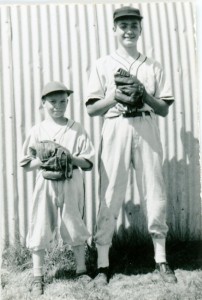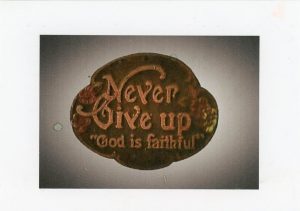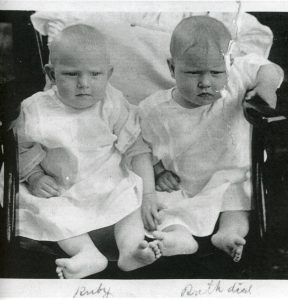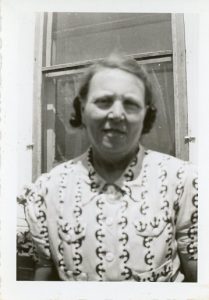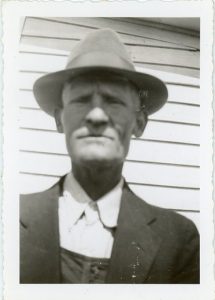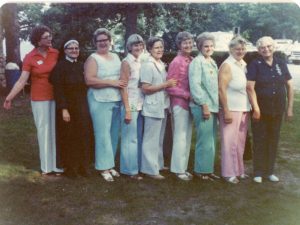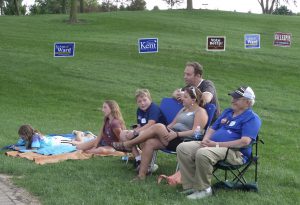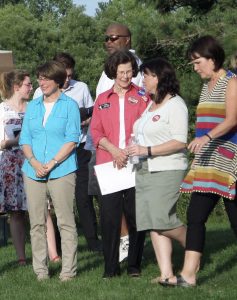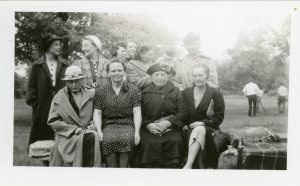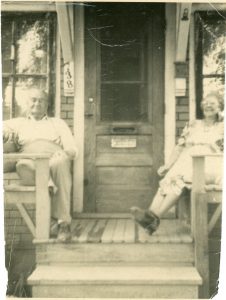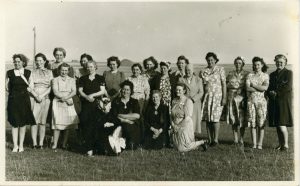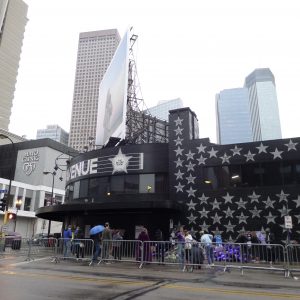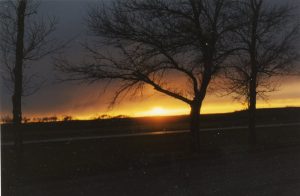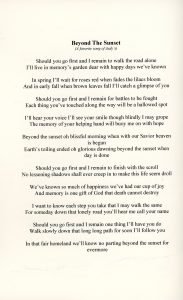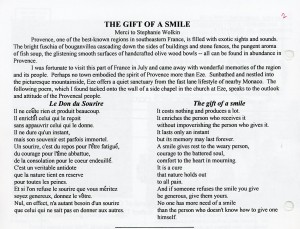Dick Bernard: Two encounters with the Chicago Cubs
This morning we were in Rochester MN, across the street from St. Mary’s Hospital. We were having breakfast and struck up a conversation with a couple whose daughter was having surgery across the street. They were from Austin TX, and they were giddy about the Chicago Cubs winning the World Series a few hours earlier in Cleveland. Others around were giddy as well. Apparently the game was watched by tens of millions last night.
We hadn’t watched the game. Indeed we hadn’t followed the series. The last time I’d heard, the Cubs were down three games to one, almost an insurmountable obstacle. But they had come back, and in the 7th game prevailed.
Nonetheless, diehard fan or not, the Cubs first championship in 108 years was uplifting, and not just to fans in Chicago. And it caused me to think back to two personal encounters with the Cubs back in the 1950s when I was a teenager.
Those days we lived in the country near the tiny village of Mooreton ND (west of Wahpeton). Long trips were perhaps 100 miles and those were very few and far between. Our media was radio, and at the time my baseball hero was Mickey Mantle of the New York Yankees. (North Dakota hero Roger Maris was to come later.)
I can fix the dates we went to Chicago quite easily: in 1955 my Uncle Art married Aunt Eileen and they moved to Chicago, where Art was a sales engineer for General Electric. In the summer, we drove over 600 miles to Chicago to meet the new bride.
(click to enlarge)
Then, in the summer of 1956 Art and Eileen had their first child, John, and I have a family photo of us visiting the family in suburban Chicago.
It was an adventure taking long trips in those days before the Interstate. You went through cities, not around them; four lanes were rare and not limited access, and usually just wider highways. There were 7 of us in our 1951 Plymouth Suburban on both trips. Air conditioning? You opened the car windows…. The second trip I had a drivers license and could help drive – an adventure in itself. It was a very long trip compared with today.
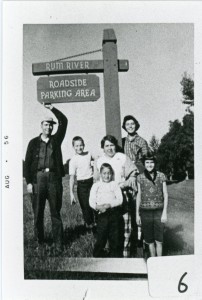
At Anoka MN, summer 1956, from left: Henry, Frank, John, Esther, Mary Ann and Florence Bernard. Richard was apparently the photographer.
The highlight of both trips to Chicago were, for me, a game at Wrigley Field, the first professional baseball games I had ever seen.
Likely my Uncle had access to tickets through General Electric, and both times, I remember, we sat in the stands above the first base line, looking towards the deep outfield in left.
Of course, the games were day games as Wrigley did not have lights. Both times, the weather was beautiful. On neither visit were the White Sox in town, so our only experience was to see the Cubs, twice. No photographic evidence exists that we were there, which is disappointing. We were.
I don’t remember much of the detail except for one single fact for each year: those years, the League was eight teams; and both years, the Cubs and their opponent, one the New York Giants, the other the Pittsburgh Pirates, were 7th and 8th in the standings. Why do I remember that? I don’t know.
It made little difference. The games were great to watch and a cut above the town team contests we were used to back home.
I’ve always wondered if we saw legendary Ernie Banks in those games. My guess is that we did, since he began his career with the Cubs in the early 1950s. But at that time, he was just a player, not yet a legend!
All I have of those couple of afternoons is pleasant memories of major league baseball in a unique baseball park, named for a chewing gum that was popular at the time!
Congratulations, Cubs.
The wait was worth it, and the ending last night was spectacular. If only the game had been in daylight at Wrigley Field in Chicago.
Thanks for the memories.

